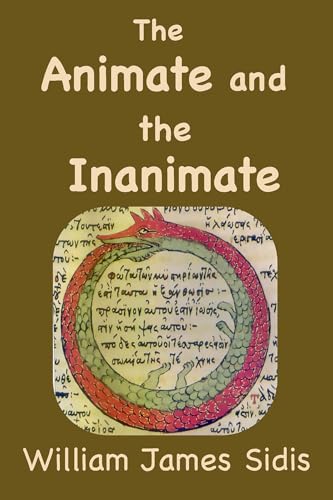What do you think?
Rate this book


116 pages, Kindle Edition
First published January 1, 1925
"Daha önce de söylediğimiz gibi, sıfır olasılık, yalnızca aşırı bir olasılıksızlıktır, ancak zorunlu olarak bir imkansızlık değildir."
"Mükemmel bir hayat yaşamanın tek yolu, onu inzivada yaşamaktır."
"Bu sürecin neden bu şekilde gerçekleşmesi gerektiğini açıklamaya kalkışamam; ancak atomların hem ayrışması hem de entegrasyonu sürekli olarak gerçekleşebilir ve birinin diğerine fazlalığı koşullar altında farklılık gösterebilir."